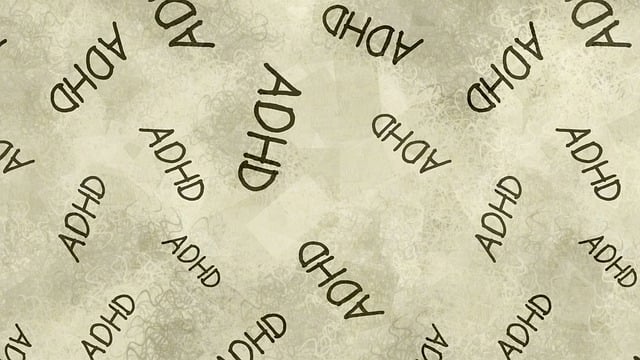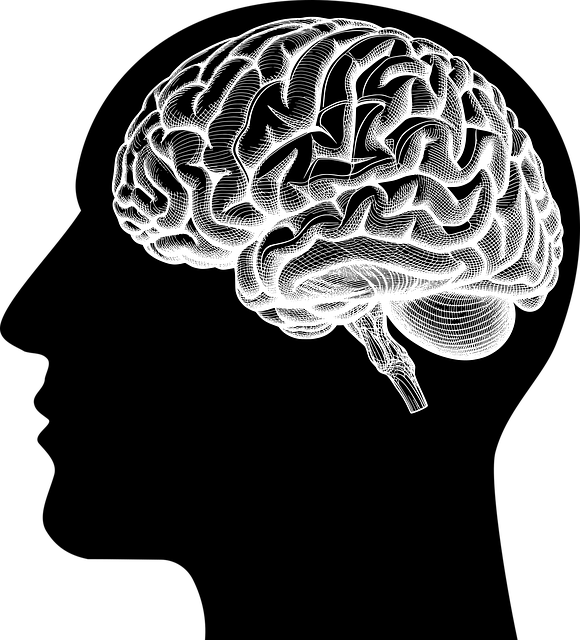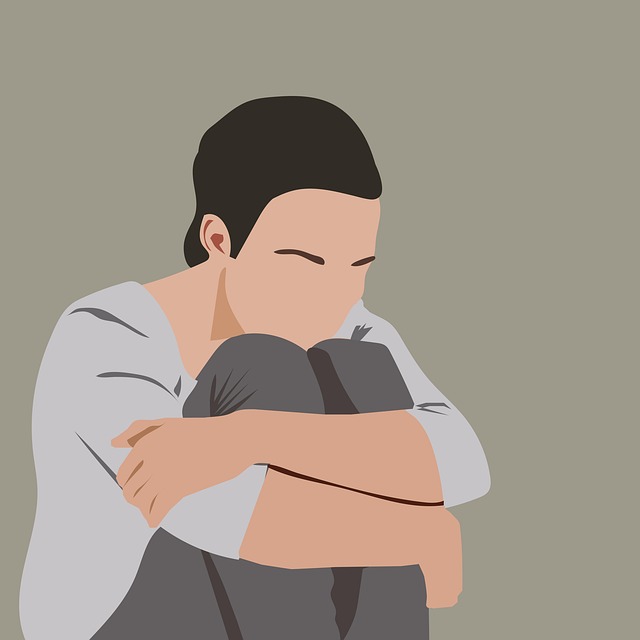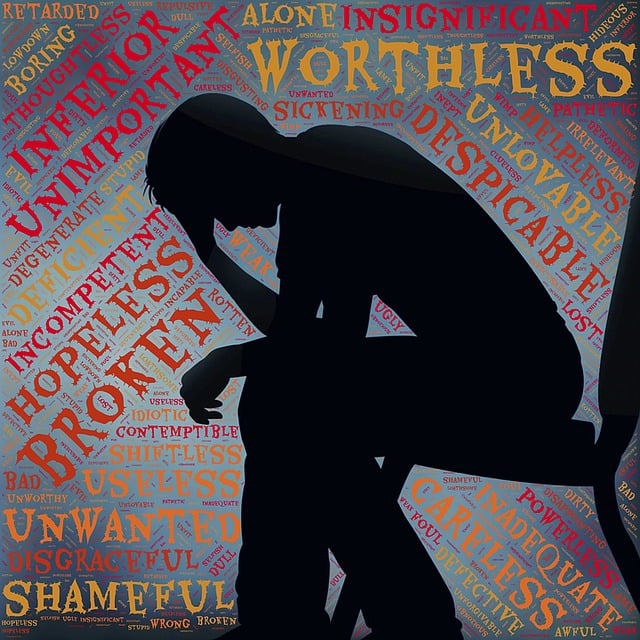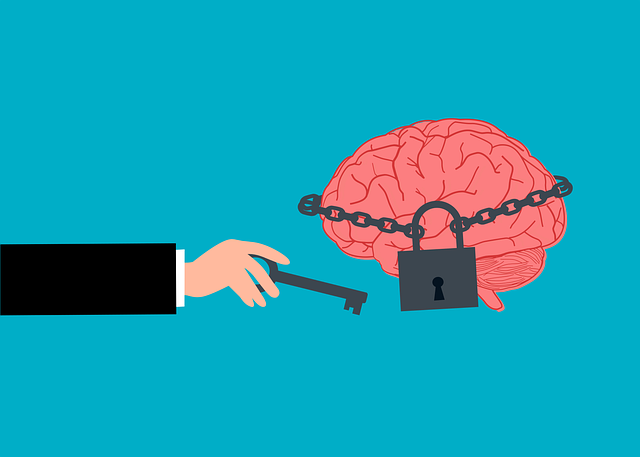Risk assessment and tailored harm minimization planning are key in therapy for young children with bipolar disorder. Therapists conduct comprehensive evaluations, considering medical history, cultural factors, and current symptoms, to identify triggers and risks. Evidence-based practices like cognitive behavioral therapy (CBT), self-awareness exercises, and community programs empower kids to manage symptoms, build resilience, and thrive in a safe therapeutic environment. This holistic approach ensures effective early intervention for bipolar disorder in youth.
Risk assessment and harm minimization planning are essential components of therapy for young children with bipolar disorder. This article delves into these critical processes, offering a comprehensive guide for therapists. We explore the key elements of a thorough risk assessment tailored to bipolar disorder in youth, followed by practical strategies for implementing effective harm minimization plans. By understanding these approaches, therapists can better support young clients and enhance their overall well-being. Discover valuable insights on managing risks and mitigating potential harms in therapy for young children with bipolar disorder.
- Understanding Risk Assessment and Harm Minimization Planning in Child Therapy
- Key Components of a Comprehensive Risk Assessment for Bipolar Disorder in Youth
- Strategies for Implementing Effective Harm Minimization Plans for Young Children with Bipolar Disorder
Understanding Risk Assessment and Harm Minimization Planning in Child Therapy

Risk assessment and harm minimization planning are essential components of child therapy, especially when addressing complex issues like bipolar disorder in young children. This process involves a thorough evaluation of potential risks and hazards within a child’s environment to prevent any anticipated harm. By identifying these risks, therapists can develop tailored strategies aimed at minimizing their impact. For children struggling with bipolar disorder, risk assessment might include analyzing triggers for mood episodes, identifying unsafe behaviors, or assessing the presence of trauma.
Integrating trauma support services, self-awareness exercises, and self-esteem improvement activities into therapy can be powerful tools. These approaches help children develop coping mechanisms to manage their symptoms effectively while fostering a sense of safety and resilience. Through careful risk management, therapists can create a supportive environment, enabling young clients with bipolar disorder to navigate their emotional challenges and thrive.
Key Components of a Comprehensive Risk Assessment for Bipolar Disorder in Youth

A comprehensive risk assessment for Bipolar Disorder in youth involves several key components that are vital to effective harm minimization planning. Firstly, a thorough evaluation of the young person’s medical history is essential, including any previous diagnoses, treatment responses, and family history of mental health conditions. This provides valuable insights into potential triggers and risks. Secondly, assessing the individual’s current symptoms, mood stability, and behavioral patterns is crucial; this can be achieved through structured clinical interviews and standardized assessment tools tailored to bipolar disorder.
Incorporating cultural sensitivity in mental healthcare practice is also a critical aspect. Understanding the young person’s cultural background, beliefs, and preferences influences the best approach to therapy for young children with bipolar disorder. Additionally, coping skills development and resilience building should be central to the risk assessment process. Teaching youth adaptive coping strategies and enhancing their emotional resilience equips them to manage symptoms effectively and reduce the likelihood of harm.
Strategies for Implementing Effective Harm Minimization Plans for Young Children with Bipolar Disorder

Implementing effective harm minimization plans for young children with bipolar disorder requires a multi-faceted approach. Early intervention is key; identifying subtle changes in mood and behavior can prevent escalation. Therapy for Young Children Bipolar Disorder often incorporates tailored strategies such as cognitive behavioral therapy (CBT), which teaches coping mechanisms to manage symptoms. Stress reduction methods, like mindfulness exercises and relaxation techniques, are integral to CBT, empowering children to self-regulate during manic or depressive episodes.
Complementary practices include mental wellness journaling exercises guidance, where children record their emotions and experiences. This promotes self-awareness and provides valuable insights for therapists. Additionally, community outreach program implementation can foster a supportive environment. Connecting families with support groups and educational resources not only enhances understanding but also offers practical strategies for harm minimization, ensuring a holistic approach to caring for young children with bipolar disorder.
Risk assessment and harm minimization planning are essential components of therapy for young children with bipolar disorder. By understanding these key processes, therapists can develop comprehensive strategies that address the unique challenges presented by this condition. Through a thorough risk assessment, professionals can identify potential hazards and implement targeted interventions to minimize harm. Additionally, effective harm minimization plans ensure the safety and well-being of young clients, fostering a supportive environment for their therapeutic journey. This approach is vital in enhancing outcomes and promoting resilience in children managing bipolar disorder.
